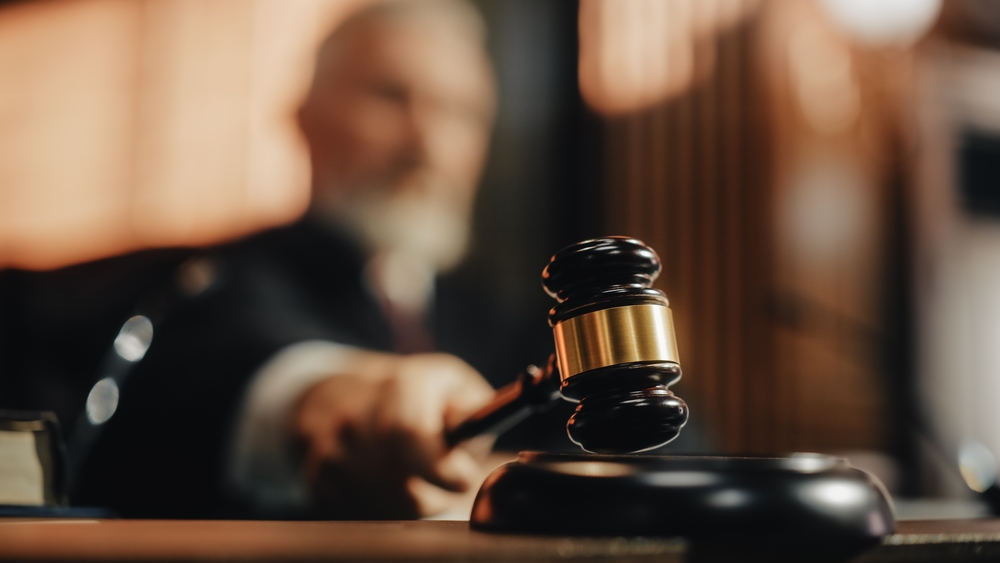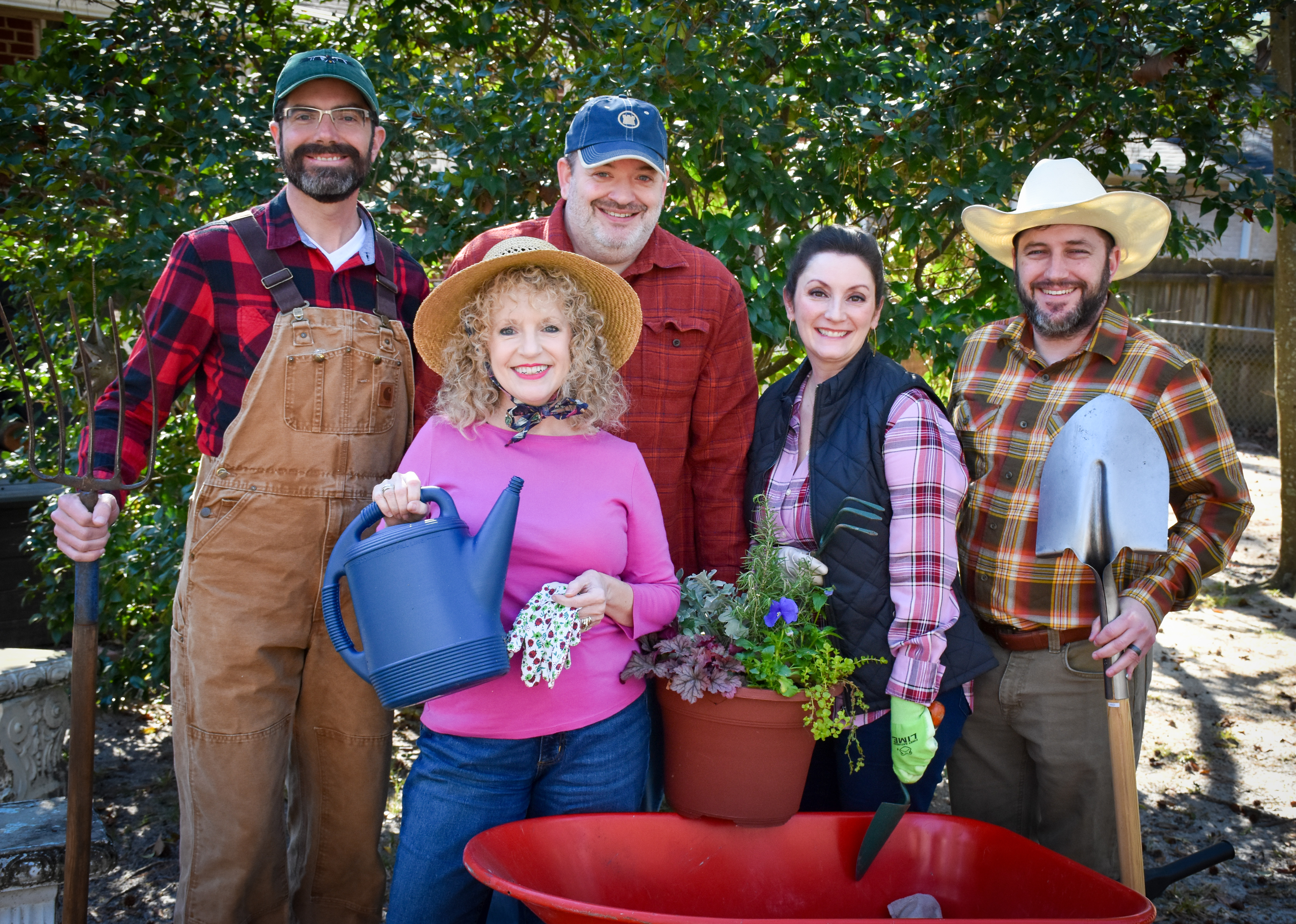2023’s first real estate case is both humorous and sexy!

If real estate lawyers weren’t easily amused, our profession might live up to the common misconception that it’s boring. But the first South Carolina real estate case of 2023 is both funny and sexy. I’ll explain the funny part shortly. Sadly, the only thing sexy about this case* is that the property is occupied by two strip clubs. But let’s agree to be entertained where we can.
This is a specific performance case involving property in Charleston County. Clarke owned a strip club located at 2015 Pittsburgh Avenue in Charleston. The defendant’s predecessor in title owned a strip club across the street at 2028 Pittsburgh Avenue. The Supreme Court called the property at 2028 Pittsburgh Avenue the subject property, so we will, too. The subject property includes buildings and a parking lot.
In 1999, Clarke entered into a lease which permitted him to share the parking spaces on the subject property with the property owner. The lease contained the following language: “Right of First Refusal: Lessor grants the Lessee the right of first refusal should it wish to sell.”
Before we discuss what the Supreme Court had to say about this language, let me throw in my two cents. Don’t use the terms “lessor” and “lessee” when you draft leases. Use the terms everyone can understand, “landlord” and “tenant”. And please pay attention to prepositions. In this language, which party is “it”? A drafter of real estate documents cannot be too precise!
Back to the case. I often read cases by starting with the dissent or concurrence. With complicated cases, the minority opinion often explains the holding quickly. This case isn’t complicated, but Justice Few really cut to the chase in his concurrence. And this is the funny part. Justice Few quips, “This instrument says nothing, does nothing, restrains nothing.” (Remember I admit to being easily amused.)
Justice James’ majority opinion goes into more detail.
When Clarke learned that his landlord had conveyed to subject property to Fine Housing for $150,000, he initiated this action for specific performance. Interestingly, the closing attorney failed to raise the lease and the right of first refusal with the purchaser, but Fine Housing admitted it had record notice of both.
The trial court ruled the right of first refusal is enforceable as to the entire property and ordered Fine Housing to convey title to Clarke upon his payment of $350,000. There is no explanation for this figure. Appraisals must have been involved. The Court of Appeals reversed, holding the right of first refusal is an unreasonable restraint on alienation and is therefore unenforceable.
The Supreme Court affirmed, stating that whether a right of first refusal is enforceable turns on whether the right unreasonably restrains alienation. The Court agreed with The Restatement (Third) of Property: Servitudes §3.4 and held that the factors to be considered include: (1) the legitimacy of the purpose of the right; (2) the price at which the right may be exercised; and (3) the procedures for exercising the right. The Court further held that these factors are not exclusive, and in this case, agreed to address another point raised by Fine Housing—the lack of clarity as to what real property the right encumbers.
Clarke argued that the lease provides the right applies to all the property, the price should be determined by the seller, and South Carolina law requires that the right should be exercised within a reasonable time.
Fine Housing argued that the lease merely identifies the location of the leased parking spaces, and the remaining language does not provide the clarity needed to identify the property intended to be encumbered by the right. The Supreme Court agreed, holding that the uncertainty as to what property is encumbered supports the conclusion that the right is an unreasonable restraint on alienation.
The Court also agreed with Fine Housing that the failure of the right to determine a price and the procedures for its exercise also created an unreasonable restraint on alienation.
The bottom line is that the Court held the language to be so imprecise as to be unenforceable. While real estate lawyers are always interested in obtaining the best deal for clients, the second most important aim of drafting real estate documents should be clarity.
Always keep in mind how Justice Few dismissed the language that says nothing, does nothing and restrains nothing! You never want language you draft to be dismissed so easily!
*Clarke v. Fine Housing, Inc., South Carolina Supreme Court Opinion 28126 (January 4, 2023)





 As a title insurance lawyer and title examiner from way back, I am happy to see us return to a common sense, bright-line approach to the ten-year rule. Can I get an “Amen”?
As a title insurance lawyer and title examiner from way back, I am happy to see us return to a common sense, bright-line approach to the ten-year rule. Can I get an “Amen”?